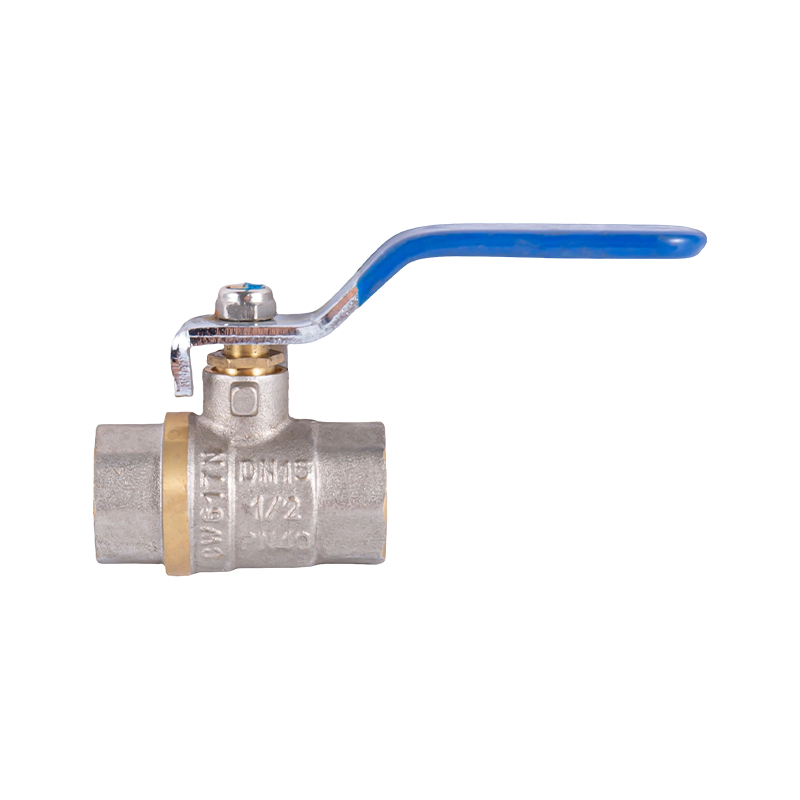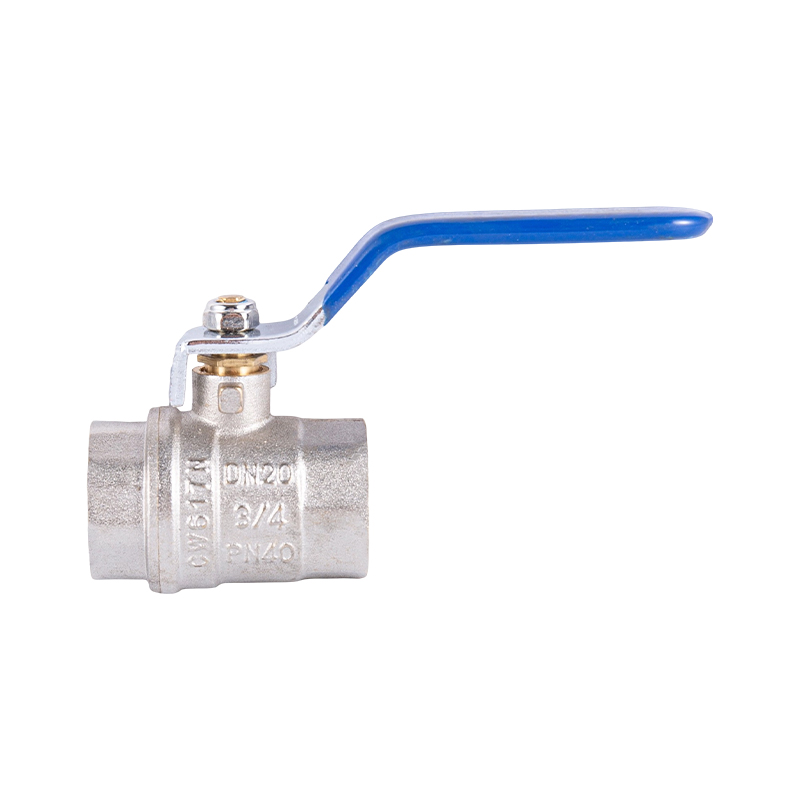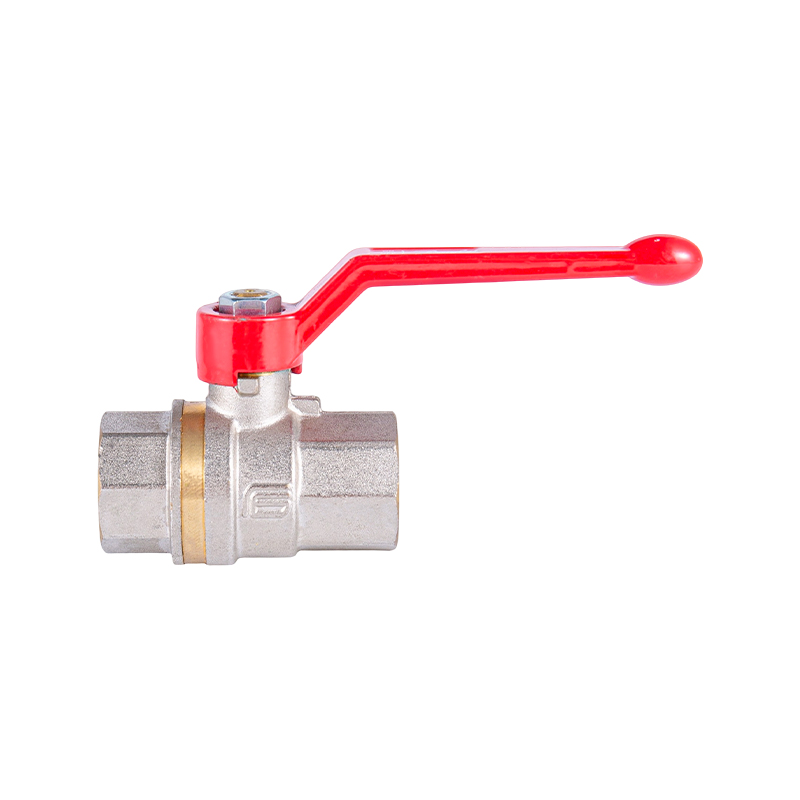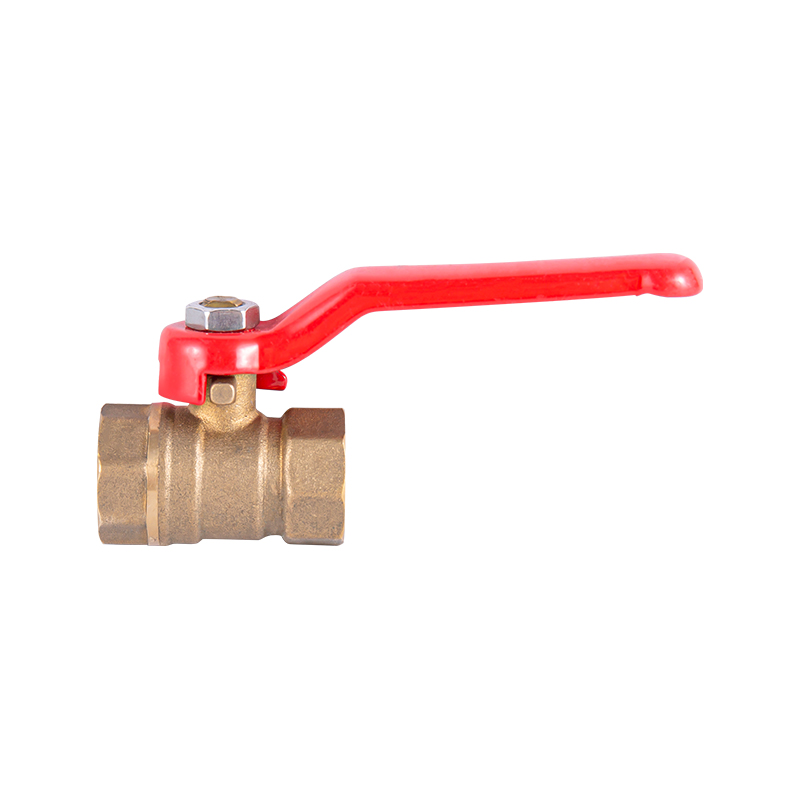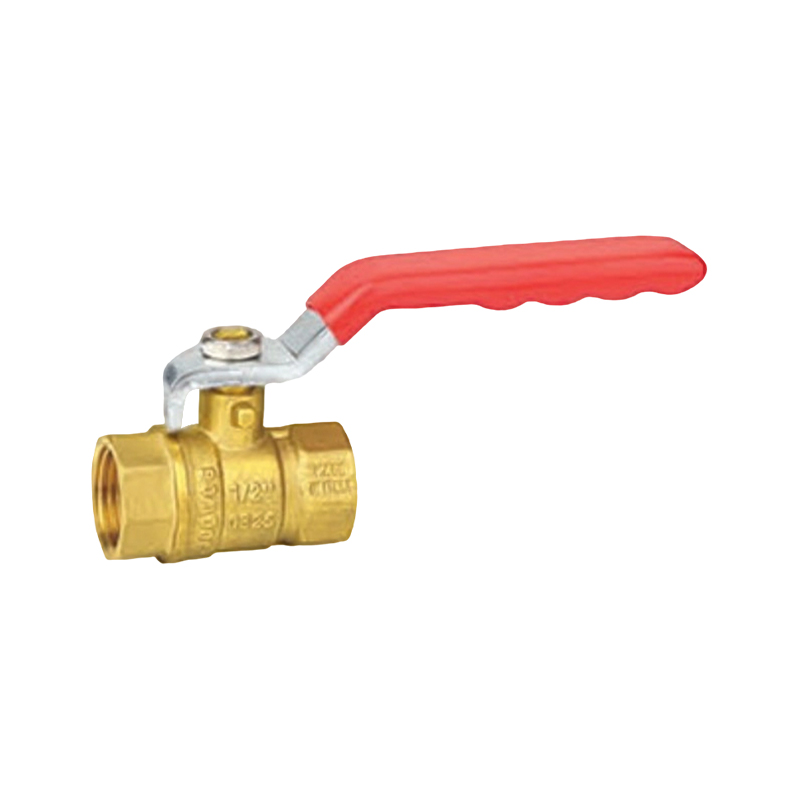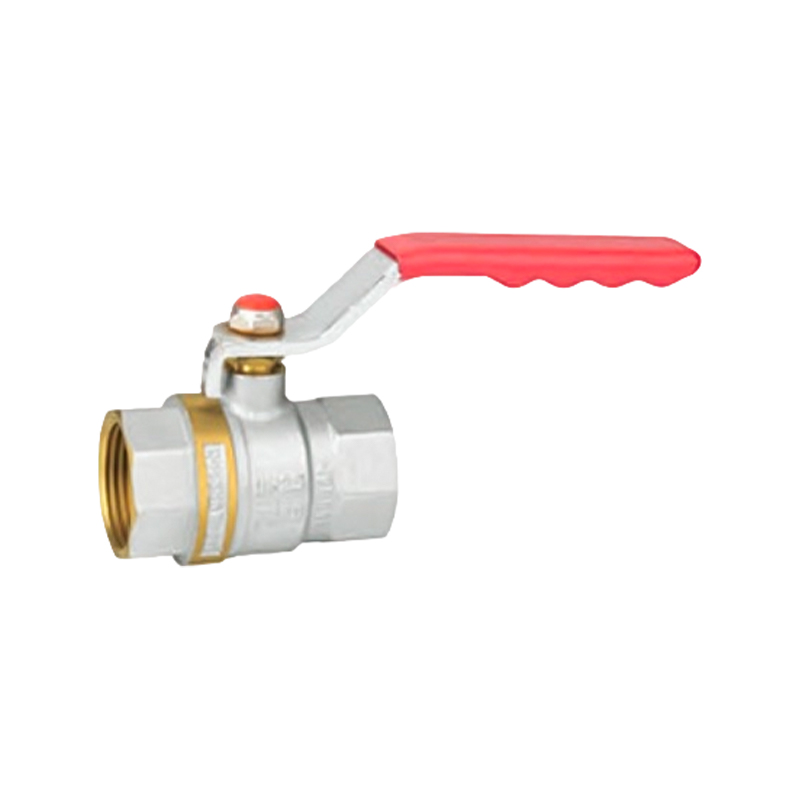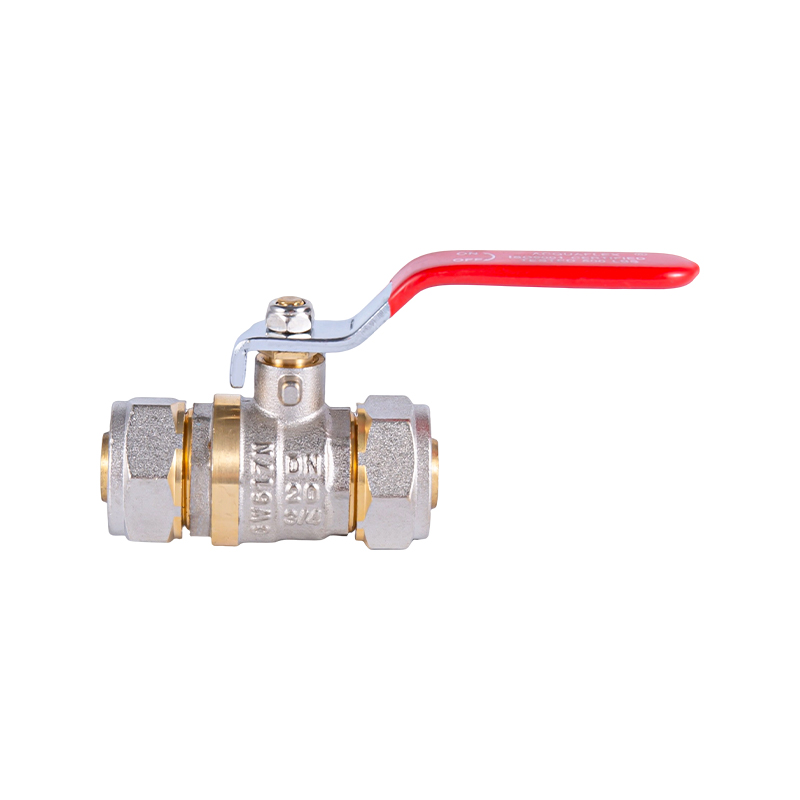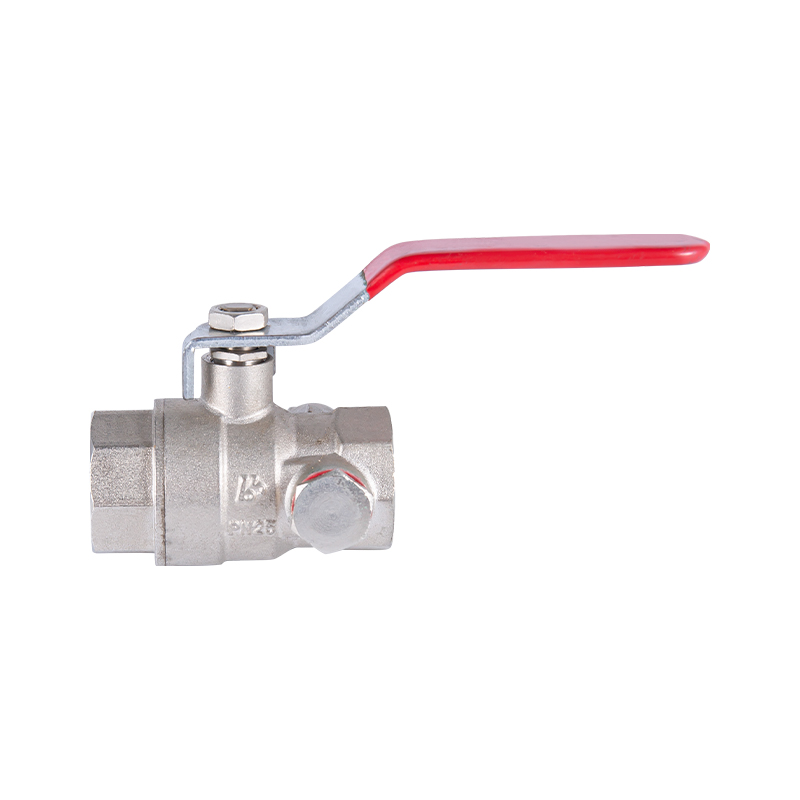Space-Saving Innovations: How Mini Valves Are Revolutionizing Compact Fluid Control Systems?
In a world where devices are getting smaller—from tiny smart home gadgets to portable medical tools—Mini Valves have become unsung heroes. These tiny but tough components solve a big problem: how to control fluids (like water, gases, or chemicals) in tight spaces where traditional, bulkier valves just won’t fit. Whether it’s a mini water filter under your sink or a portable insulin pump, Mini Valves deliver reliable performance without taking up extra room. As more industries and homes prioritize “small but powerful” solutions, demand for these precision-engineered valves keeps growing. This article breaks down how Mini Valves work, where they’re used, and why they’re changing the game for fluid control.

Engineering Compactness Without Sacrificing Performance
The secret to Mini Valves is simple: they’re designed to do the same job as big valves, but in a tiny package. Manufacturers use advanced tricks to shrink them down without losing power—like using super-strong, corrosion-resistant brass and precision cutting tools that shape parts to the millimeter. For example, a Mini Valve used in a portable CPAP machine (for sleep apnea) is barely bigger than a coin, but it still controls air flow perfectly, night after night. Even in home plumbing, like the small manifolds that split water to your bathroom and kitchen, Mini Valves fit into tight cabinet spaces where a regular valve would stick out awkwardly. The ideal part? They work just as well as larger valves—no leaks, no reduced pressure, just reliable control in a tiny size.
Material Selection for Diverse Operational Demands
Mini Valves aren’t one-size-fits-all—they’re made with materials that match what they’re controlling. Brass is a top pick for lots of jobs: it resists rust, stands up to pressure, and works great with water (think the Mini Valves in your under-sink water purifier). For trickier jobs, like handling chemicals in a lab or food-safe liquids in a coffee machine, manufacturers use special copper alloys (like HPB57-3) that won’t react with the fluid. If the valve needs to handle heat—like in a small HVAC unit for a tiny apartment—stainless steel parts add extra durability. Even the surface matters: some Mini Valves have nickel or chrome plating to resist scratches, which is ideal for visible spots like the valves on a countertop espresso machine. This material flexibility means there’s a Mini Valve for almost any job, big or small.
Applications Across Industries
Mini Valves pop up in places you might not expect—because wherever space is tight, they shine. At home, they control water flow in smart toilets (the tiny valve that lets you choose a “half flush”) or in compact dishwashers. In hospitals, they’re in portable medical devices: think the Mini Valve that regulates medicine flow in an insulin pump, or the one that controls air in a small oxygen concentrator. Industrially, they’re a big deal for semiconductor factories (where tiny valves handle precise chemical sprays to make computer chips) and pharmaceutical labs (where they keep liquids sterile). Even cars and planes use them: Mini Valves in a car’s fuel system save weight, while those in a small drone’s cooling system keep it light enough to fly. No matter the industry, their small size lets engineers build better, more compact machines.
Ease of Installation and Maintenance
You don’t need a fancy degree to work with Mini Valves—their design is user-friendly. Most have standard threaded connections, like the ones on regular water pipes, so plumbers or technicians can install them with the same tools they already use. For example, replacing a Mini Valve in a home humidifier takes just a few minutes: twist off the old one, twist on the new one, and you’re done. They also have simple quarter-turn operation—turn it 90 degrees to open or close—so adjusting flow is fast, even in tight spots. If a part wears out (like a seal), their modular design means you can replace just that part, not the whole valve. This saves time and money, whether you’re fixing a Mini Valve in your fridge’s water dispenser or in a factory’s small machinery.
Sustainability and Future Trends
Mini Valves aren’t just practical—they’re also good for the planet. Because they’re small, they use less material to make: a Mini Valve uses about 60% less metal than a traditional valve of the same function. That means less mining, less energy for production, and less waste. They also last a long time (brass Mini Valves can work for decades) and are recyclable when they finally wear out, fitting right into circular economy goals. Looking ahead, Mini Valves are getting even smarter: some now have tiny IoT sensors that alert you if there’s a leak or if the valve needs maintenance. Imagine a Mini Valve in your home’s plumbing that sends a phone notification before a small leak becomes a big problem—those innovations are already on the way. As machines keep getting smaller and more efficient, Mini Valves will keep pilot the way in compact fluid control.
-
Feedback


 English
English 中文简体
中文简体 русский
русский Email us now!
Email us now!
